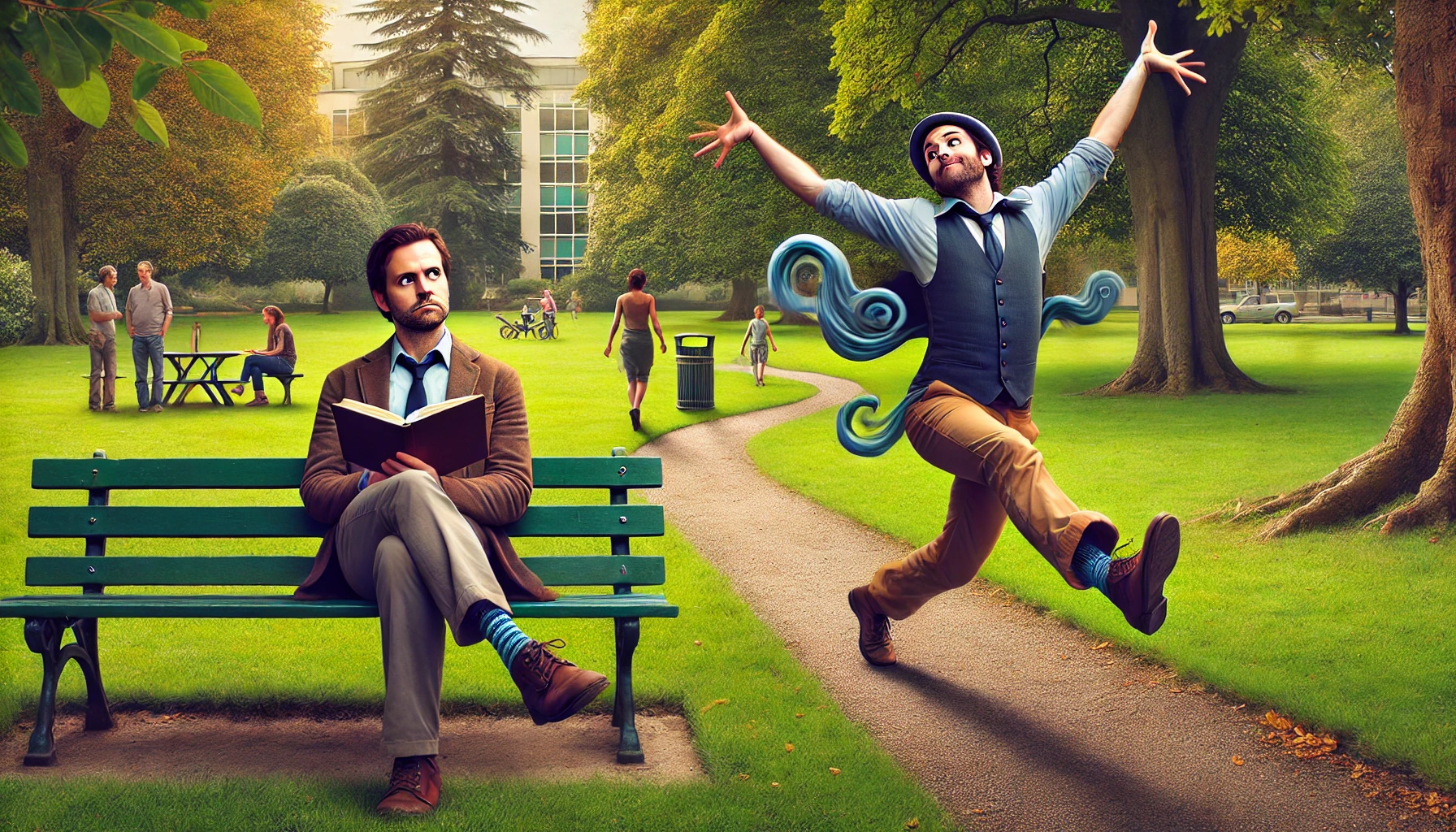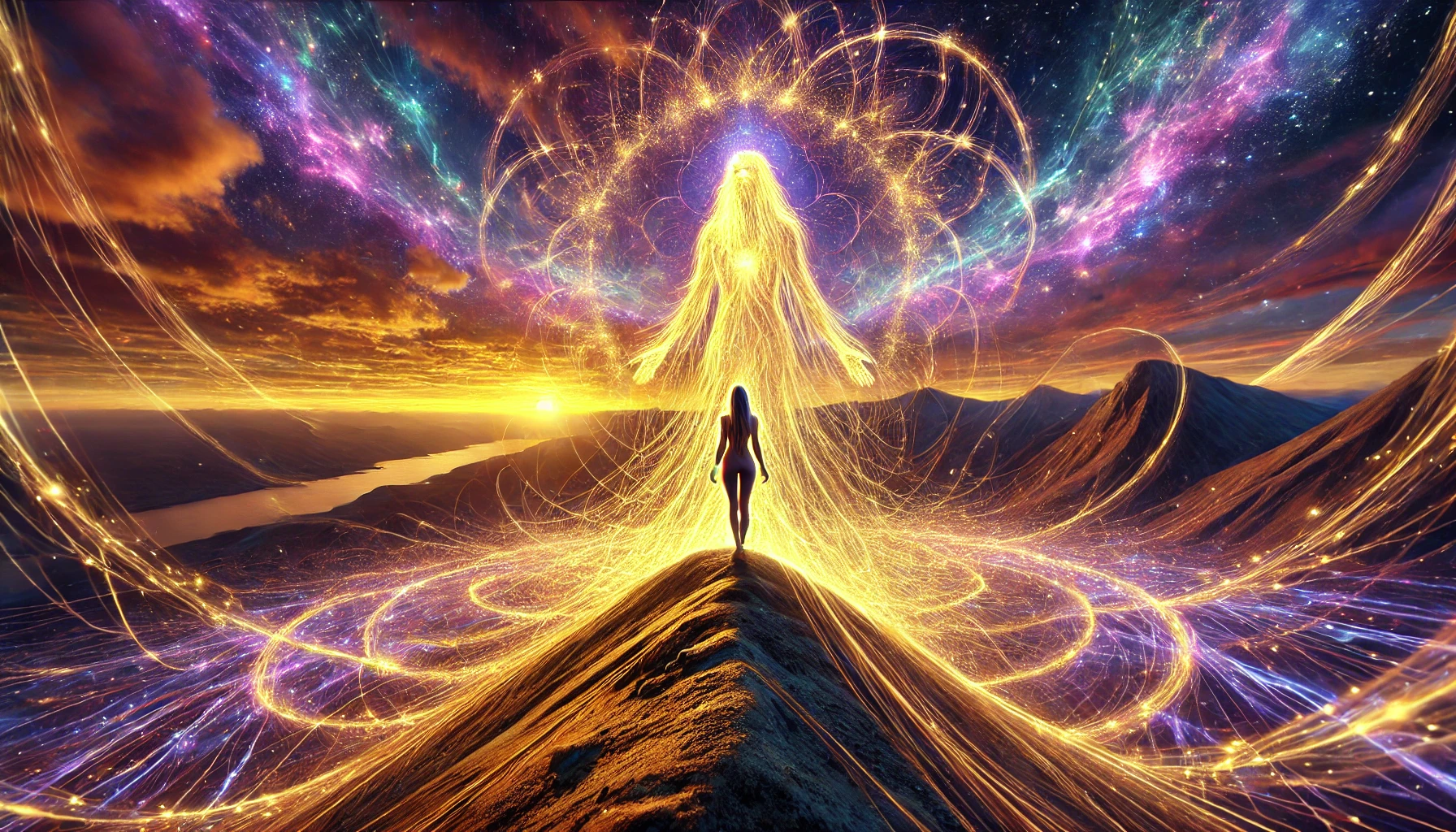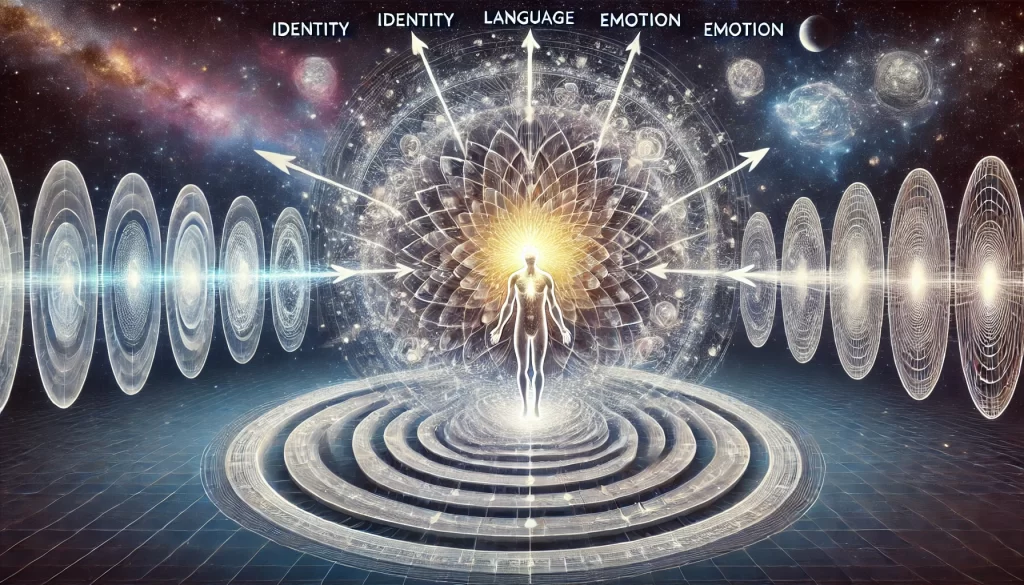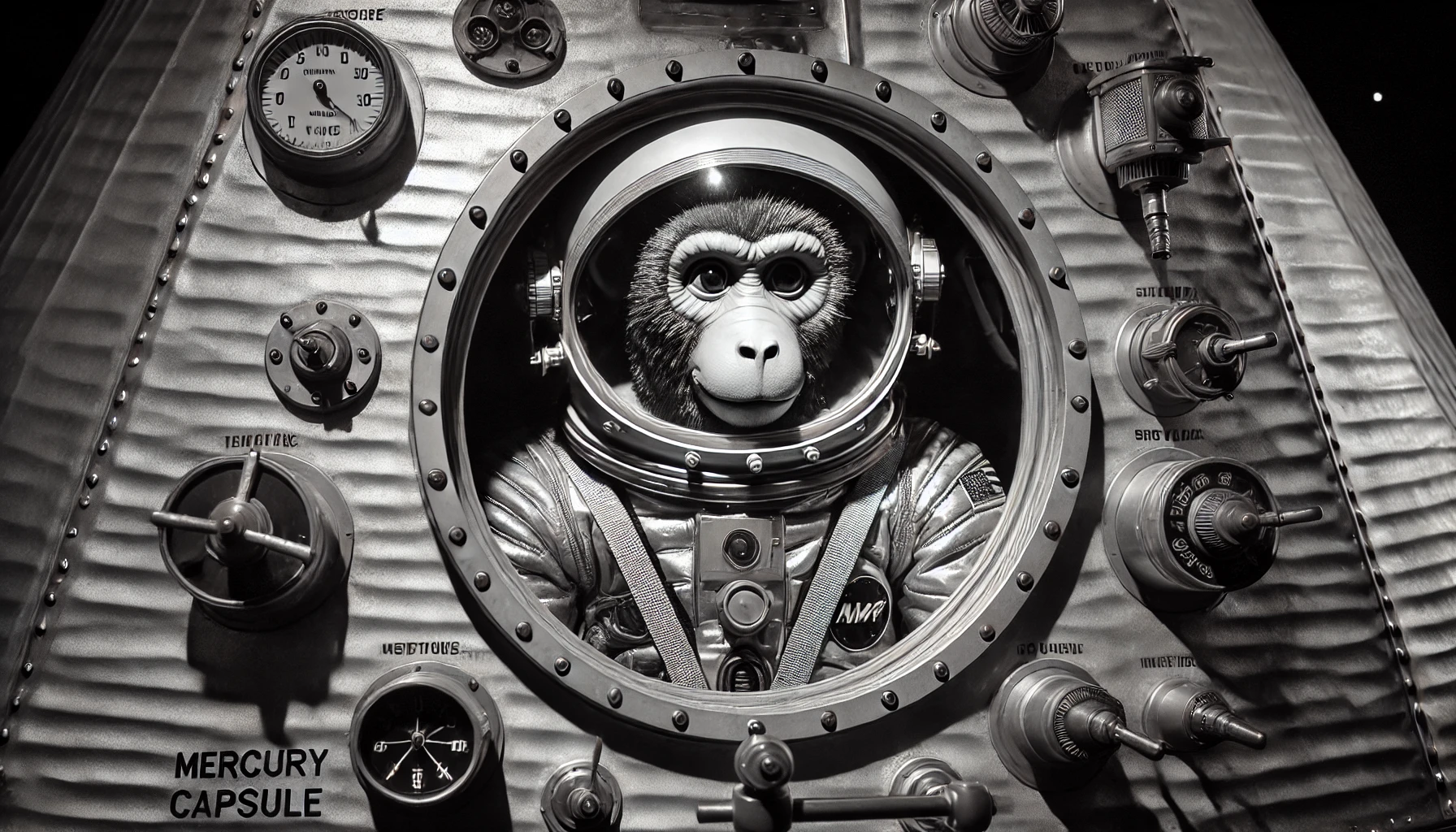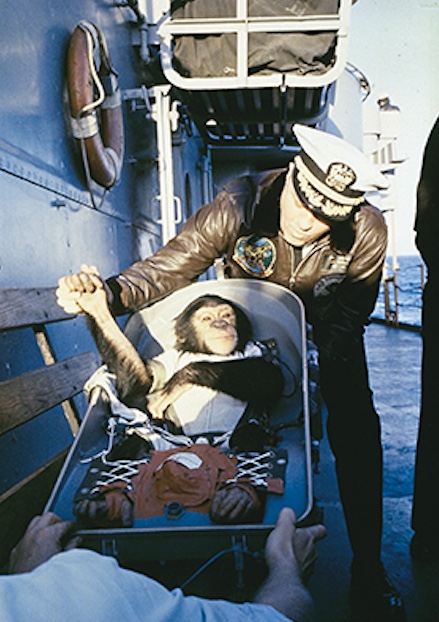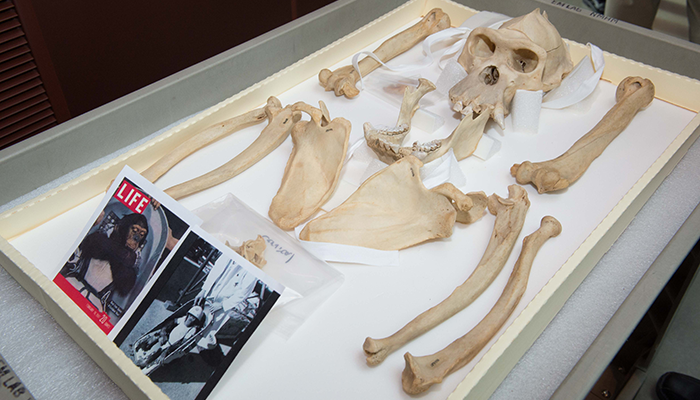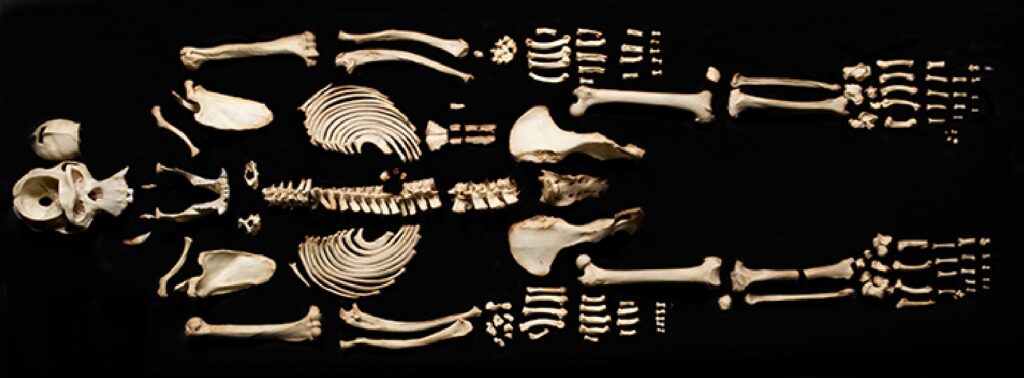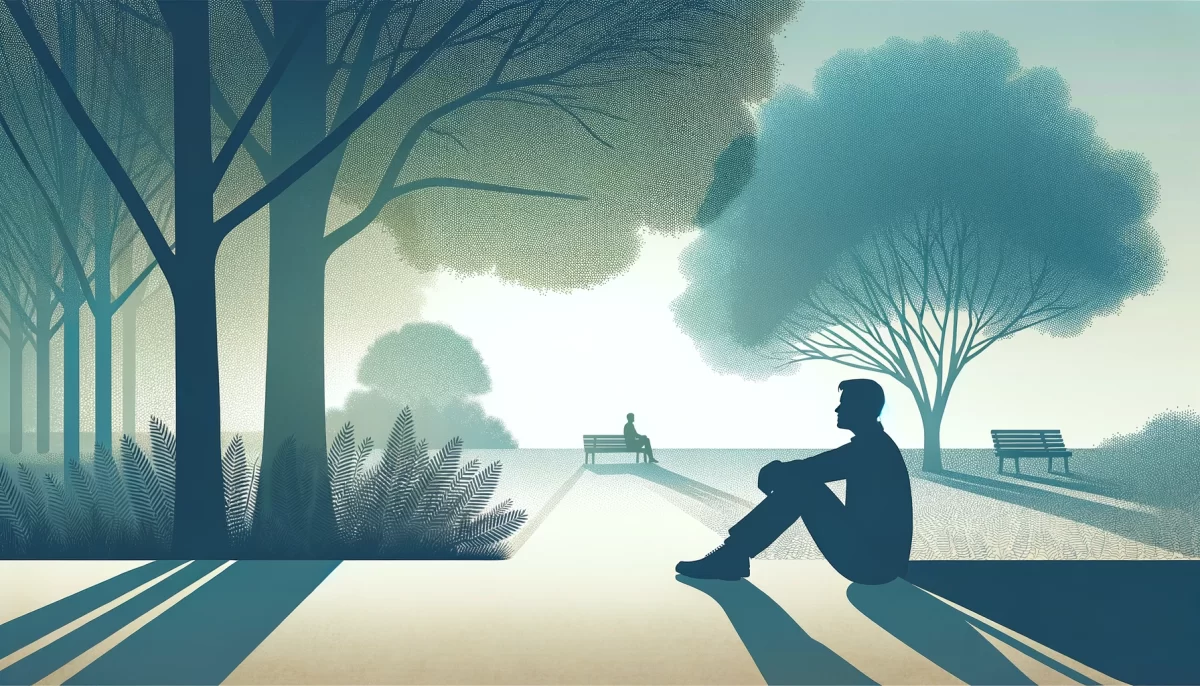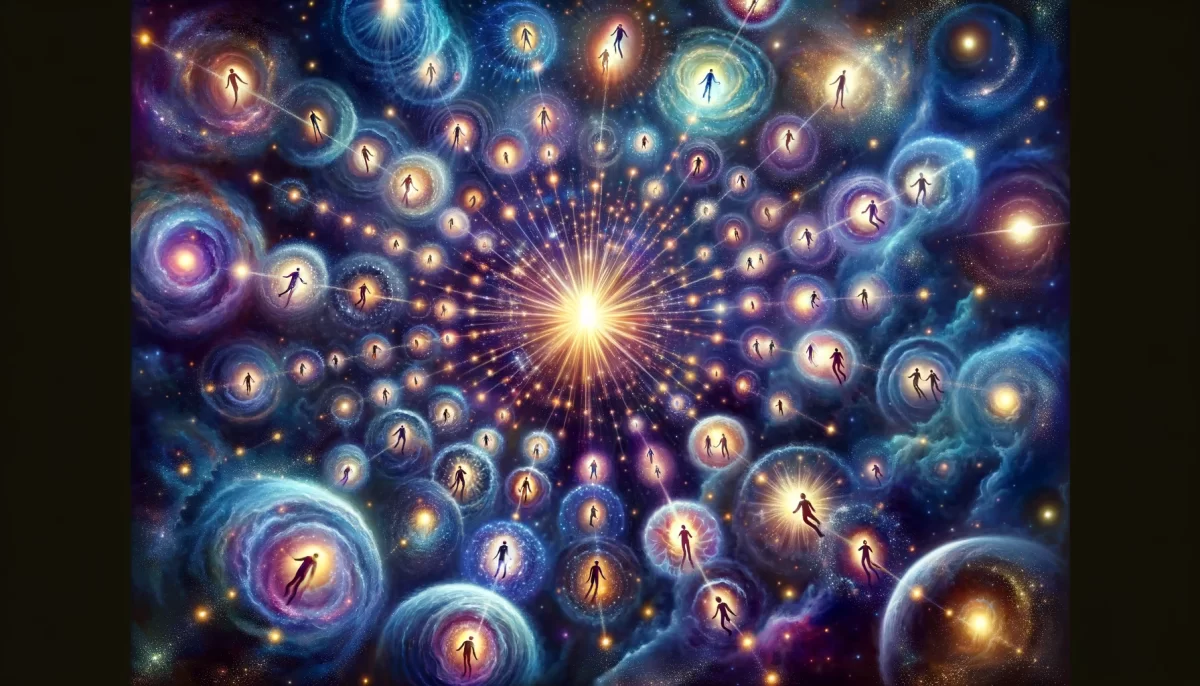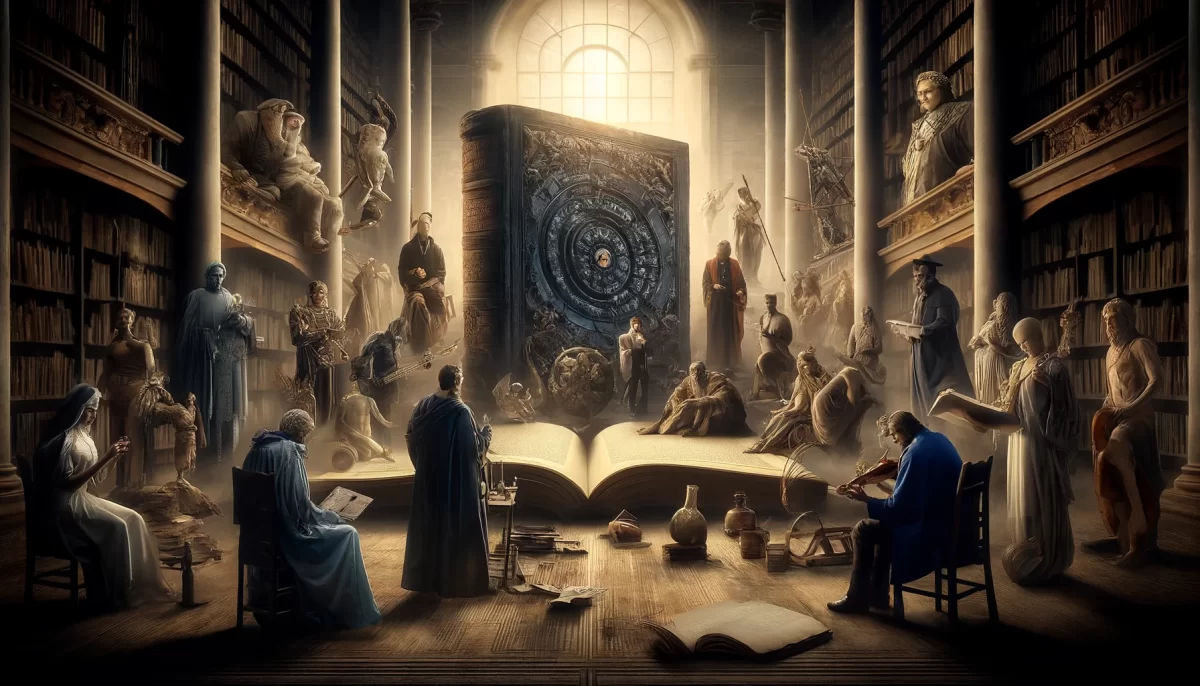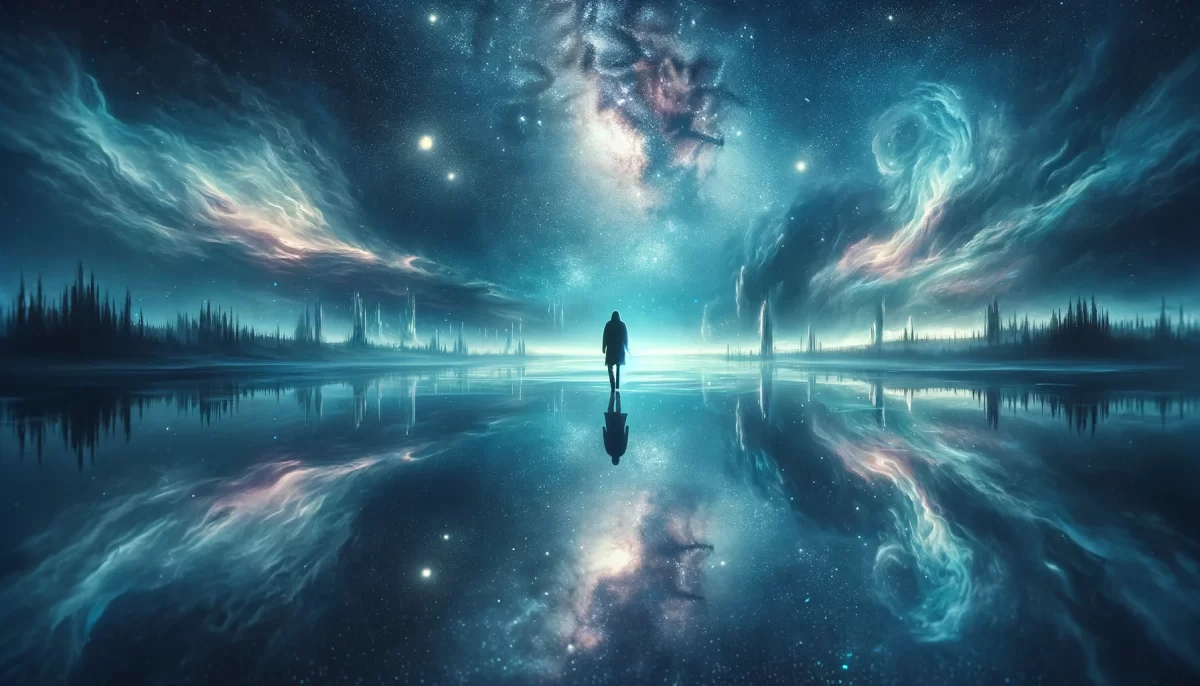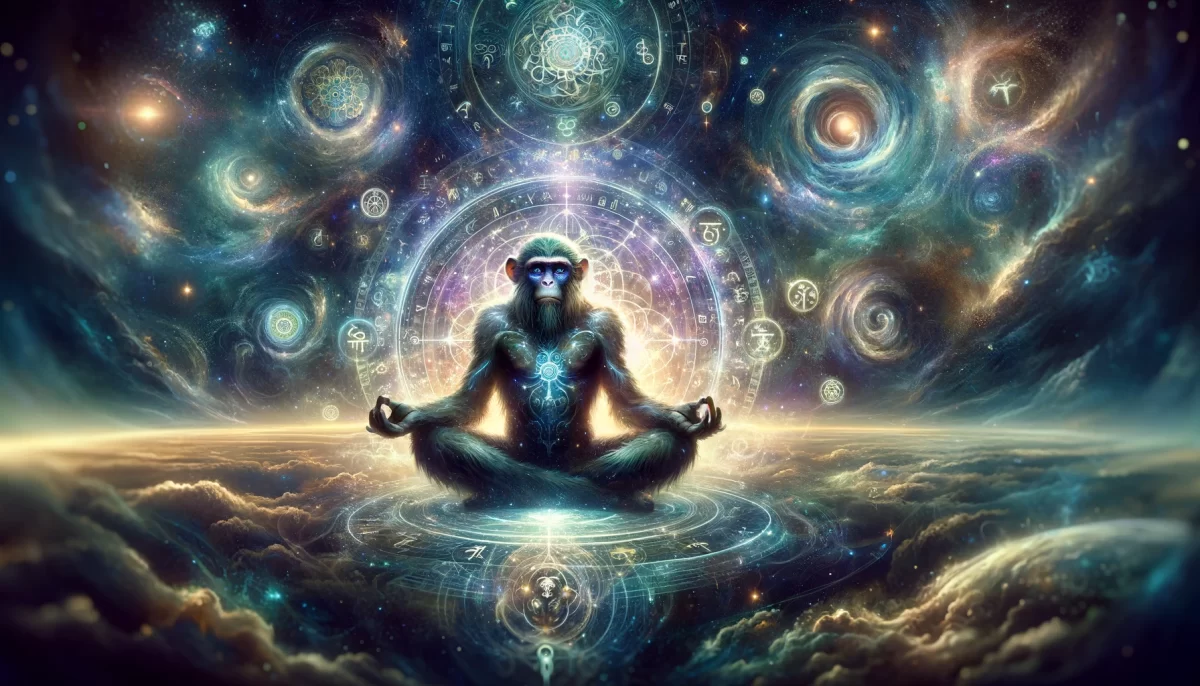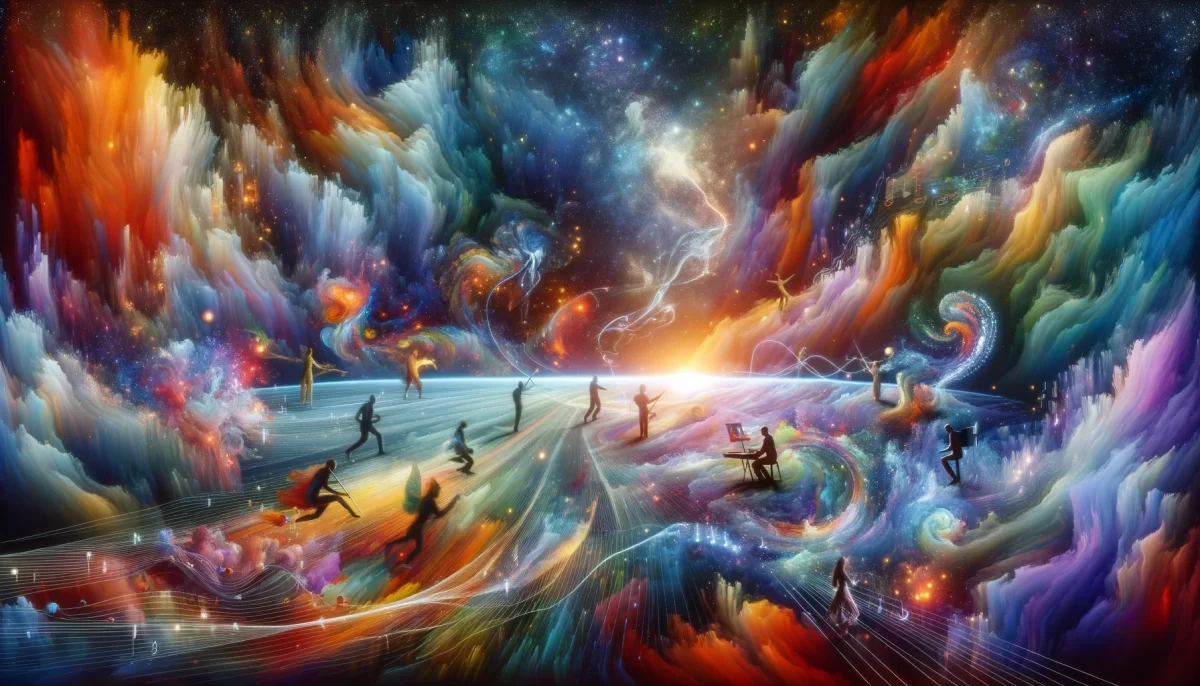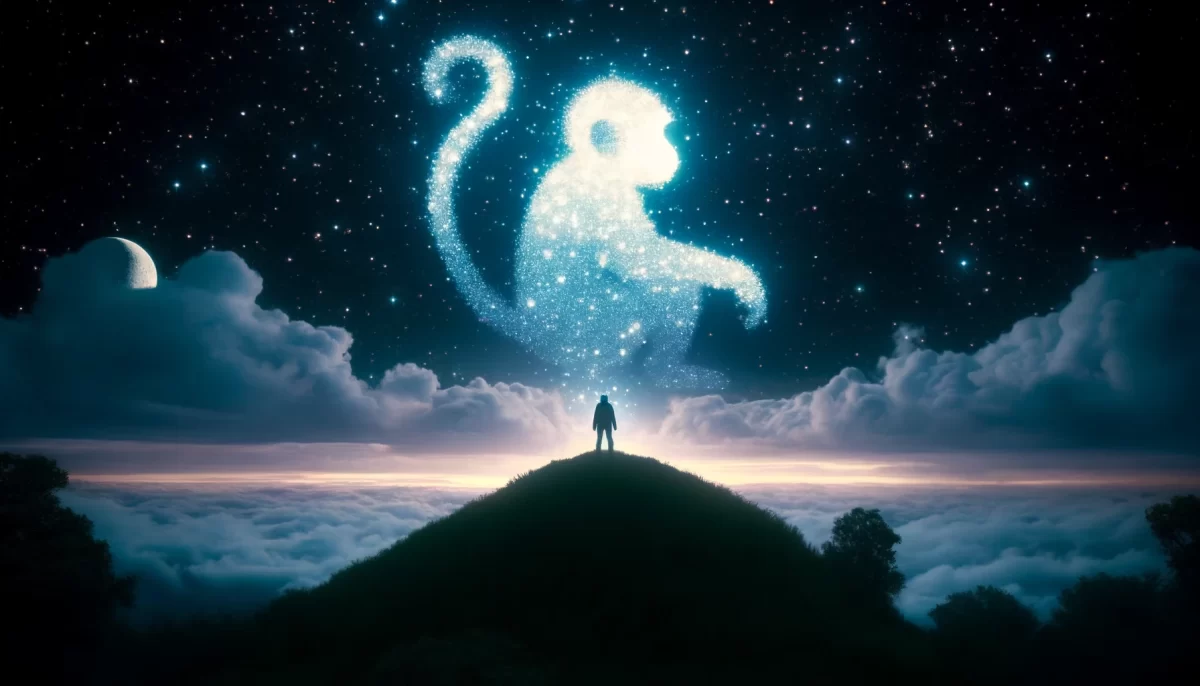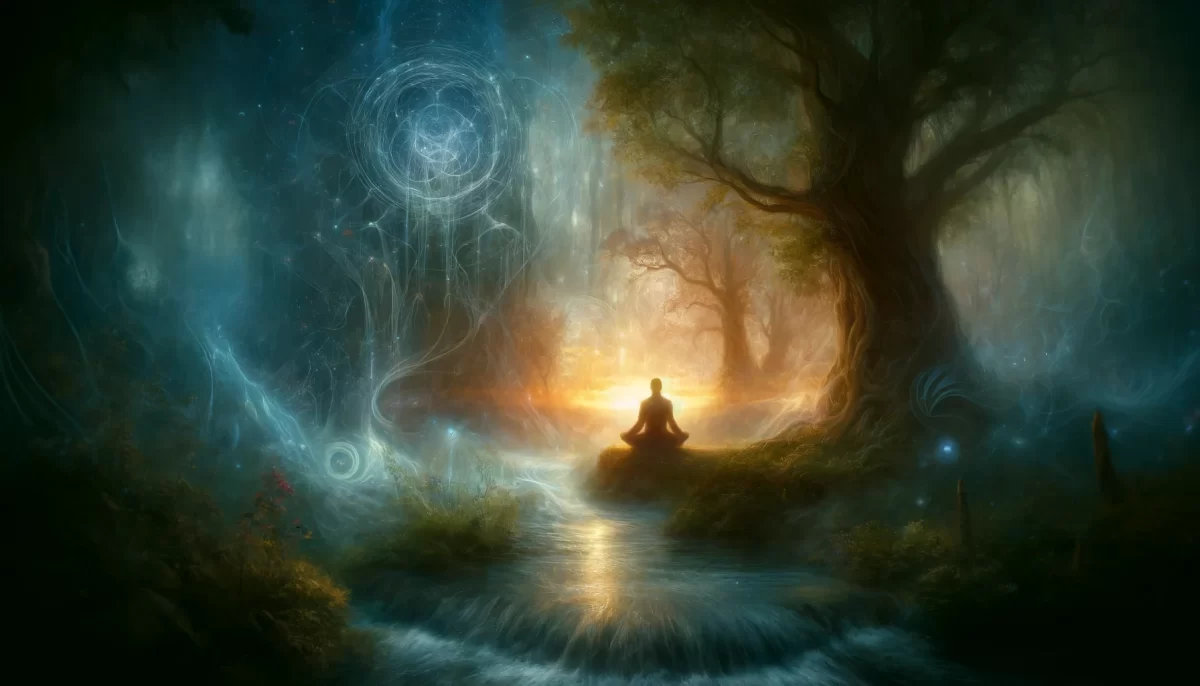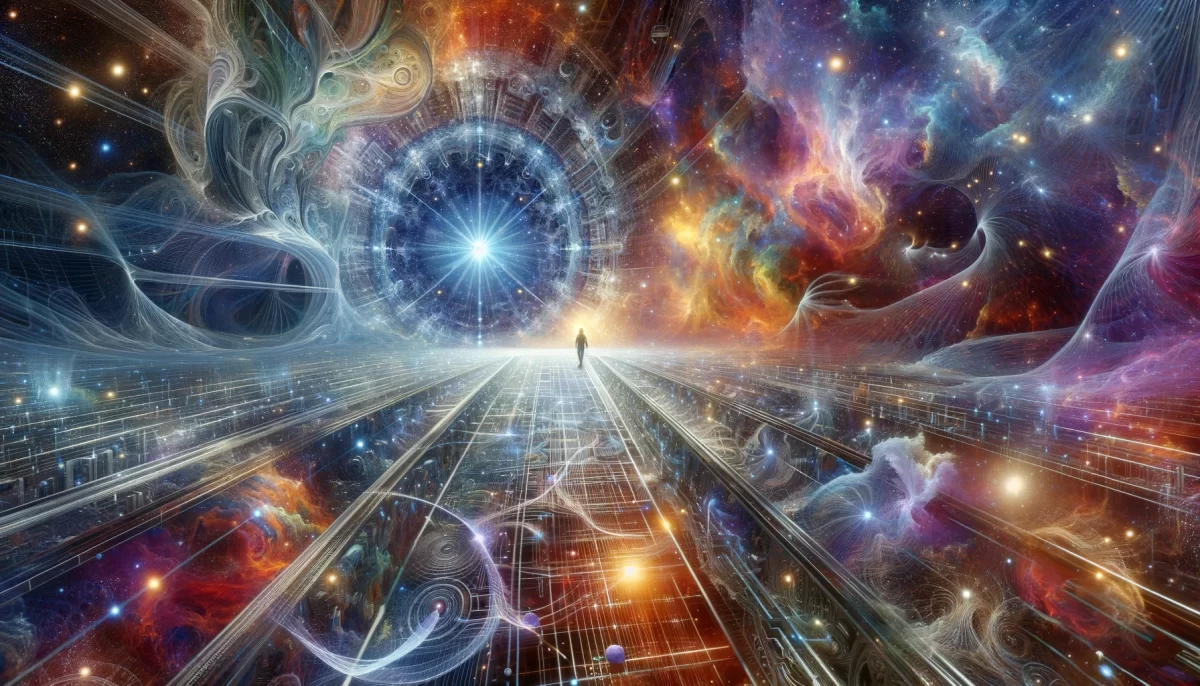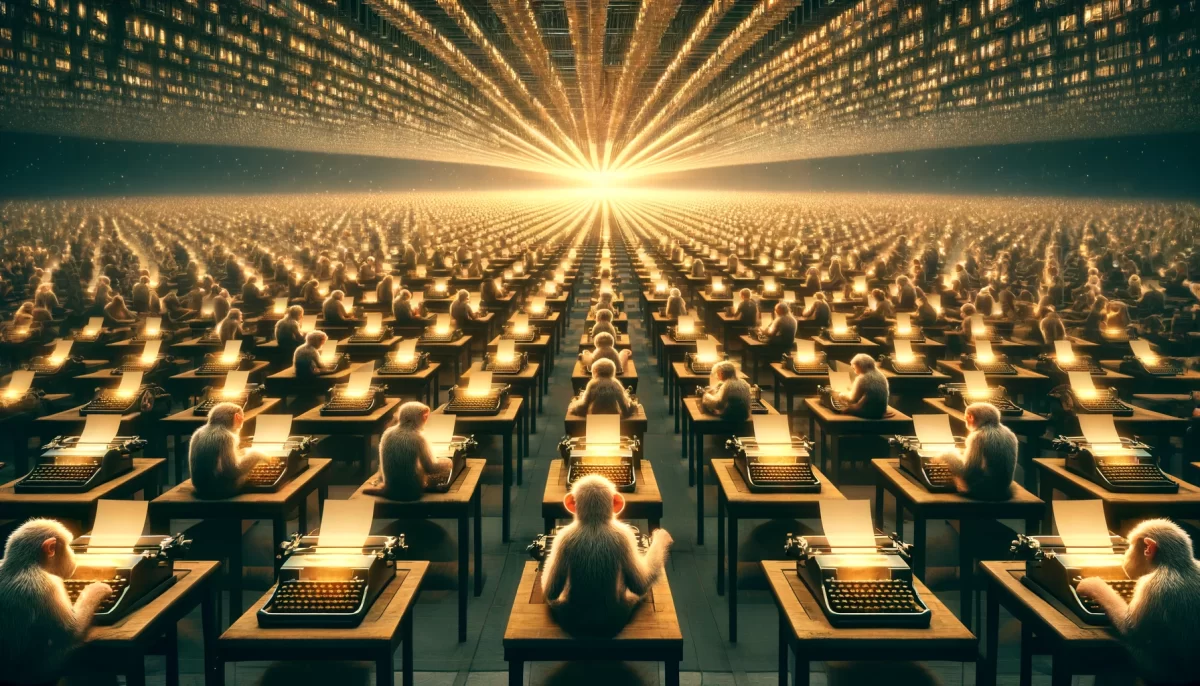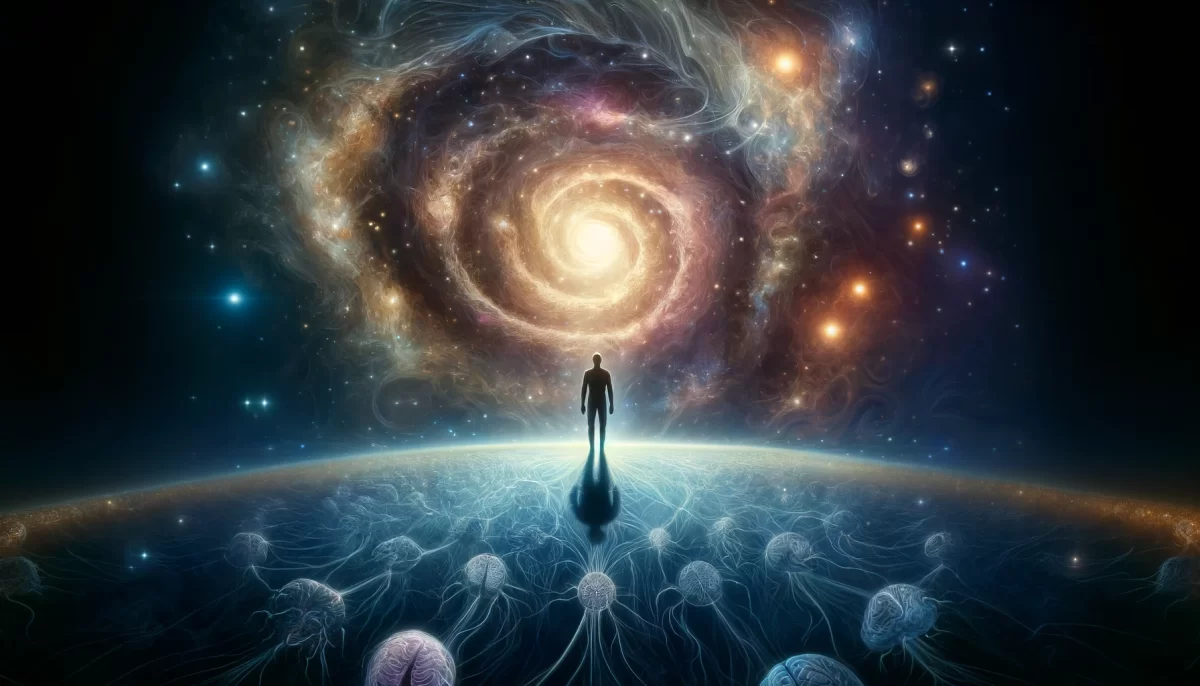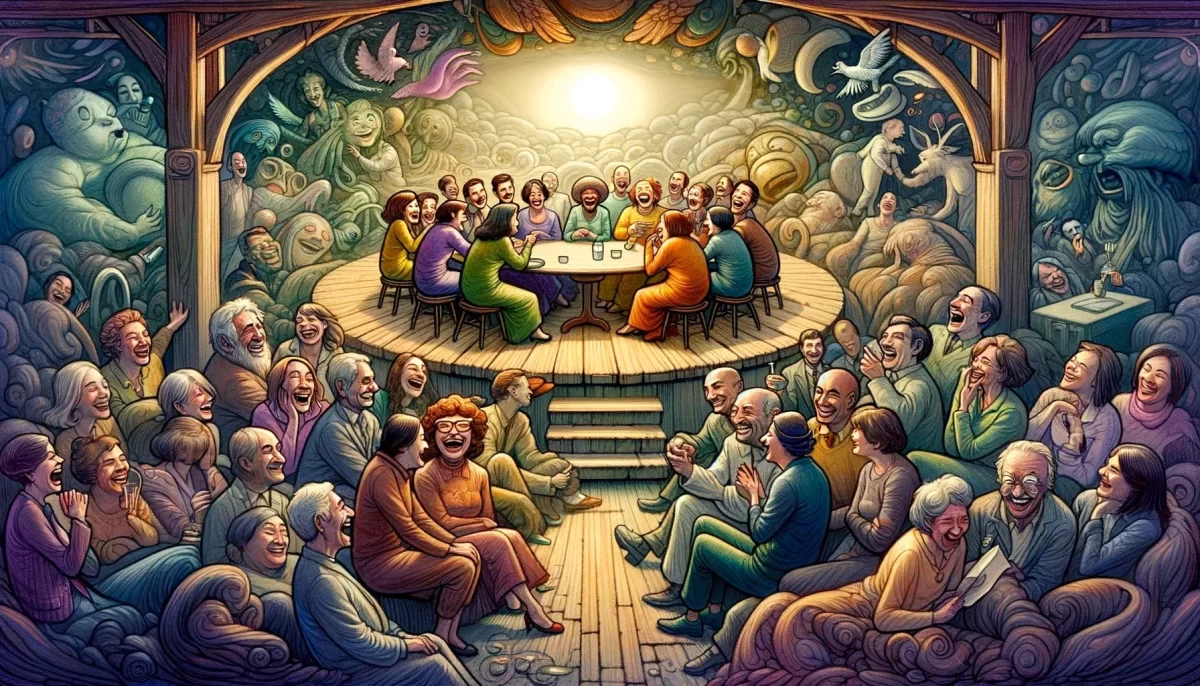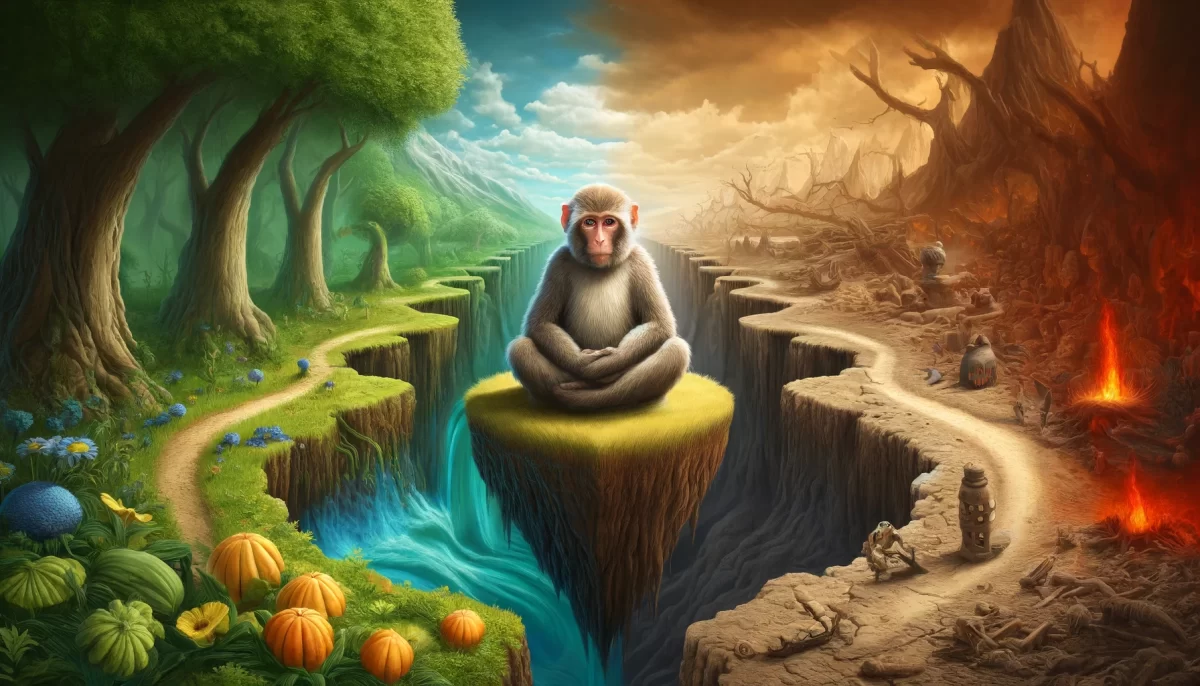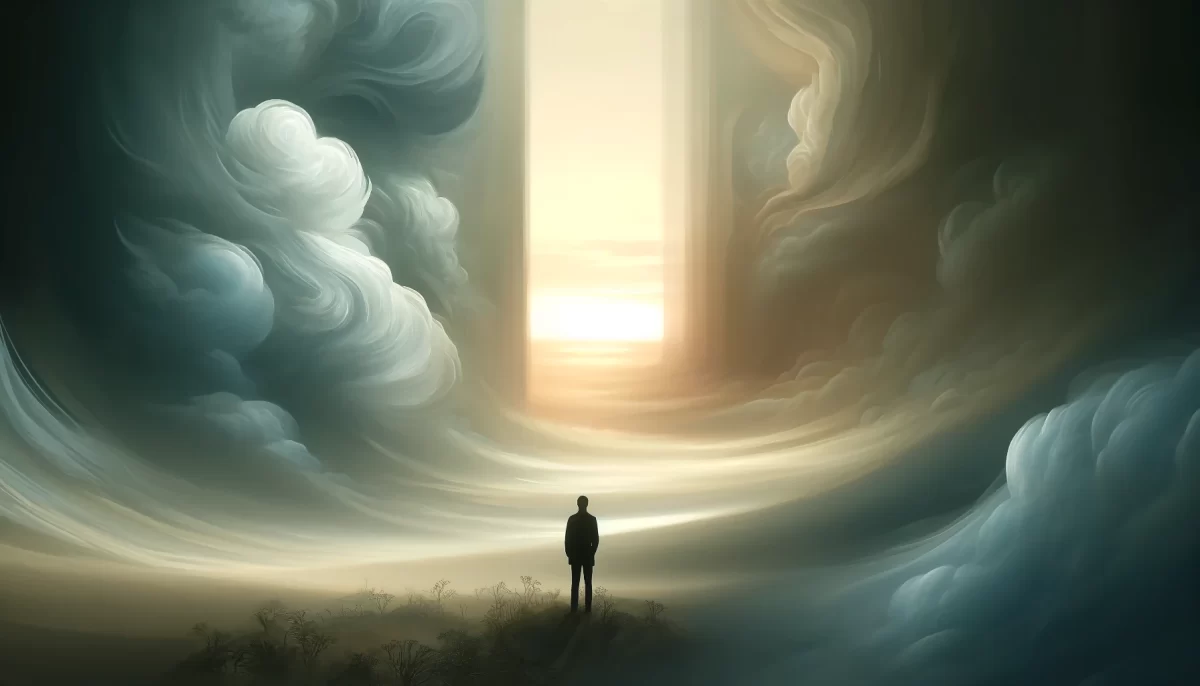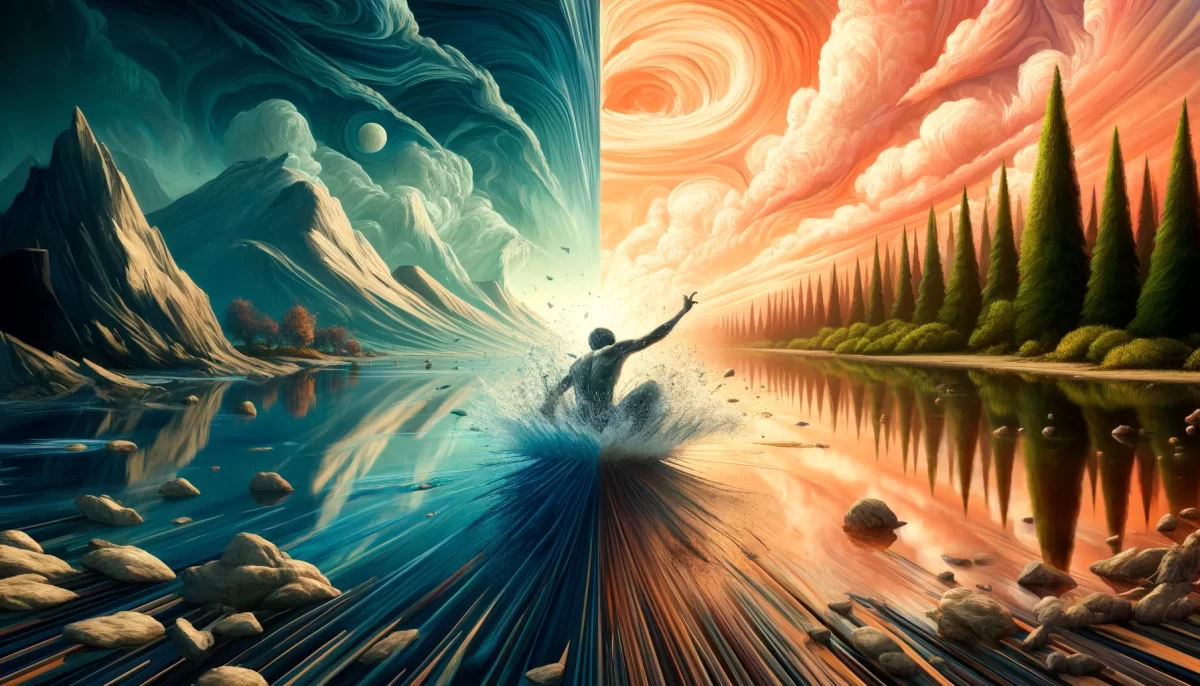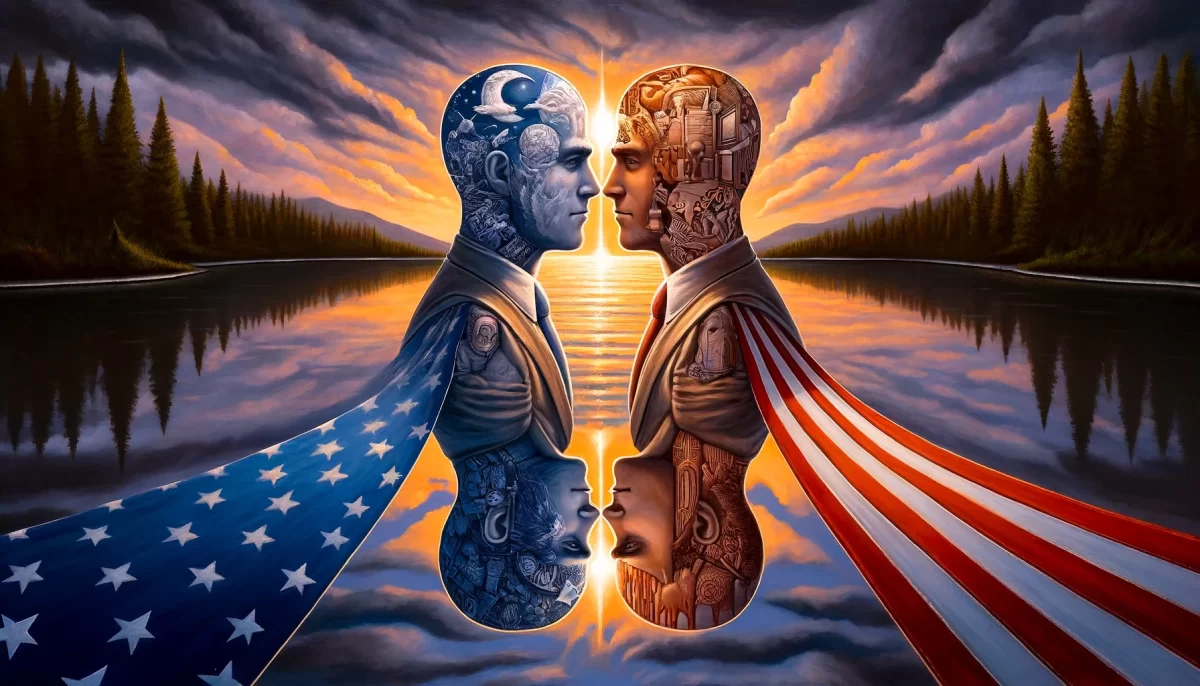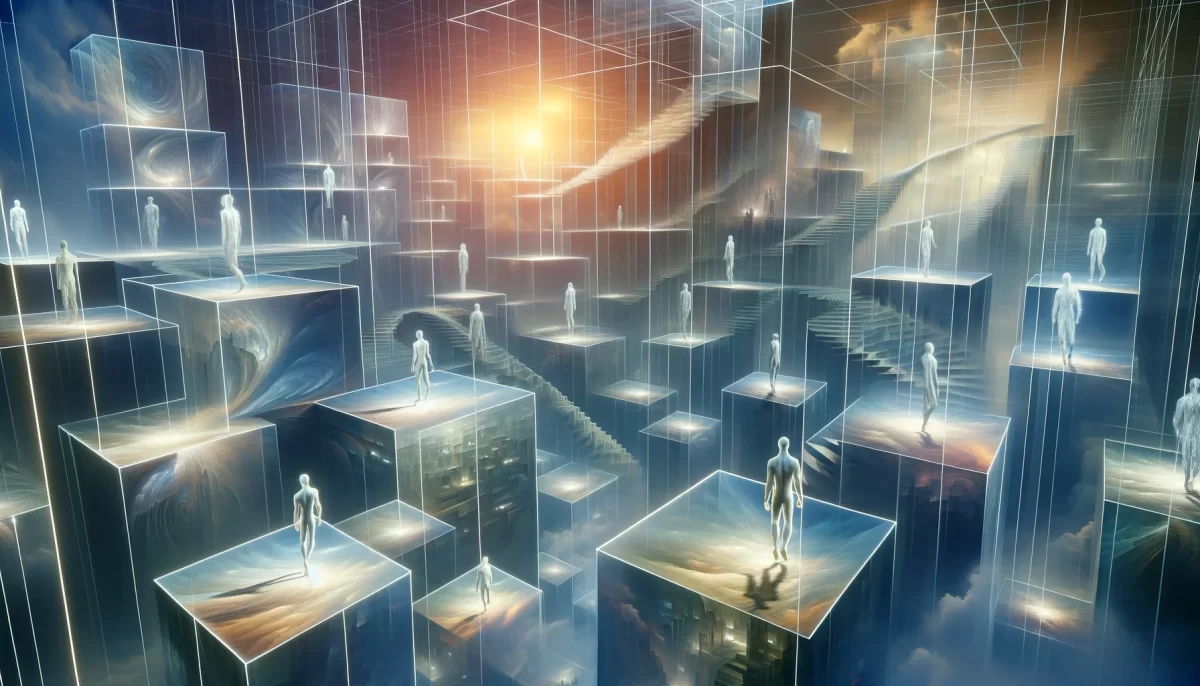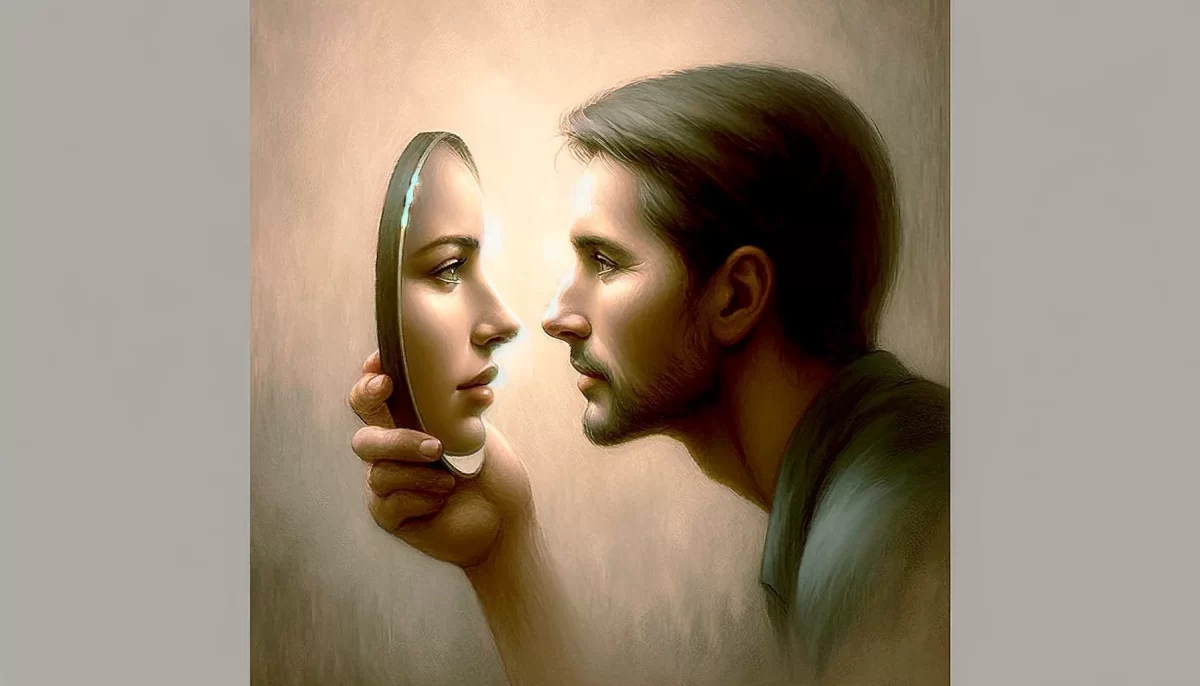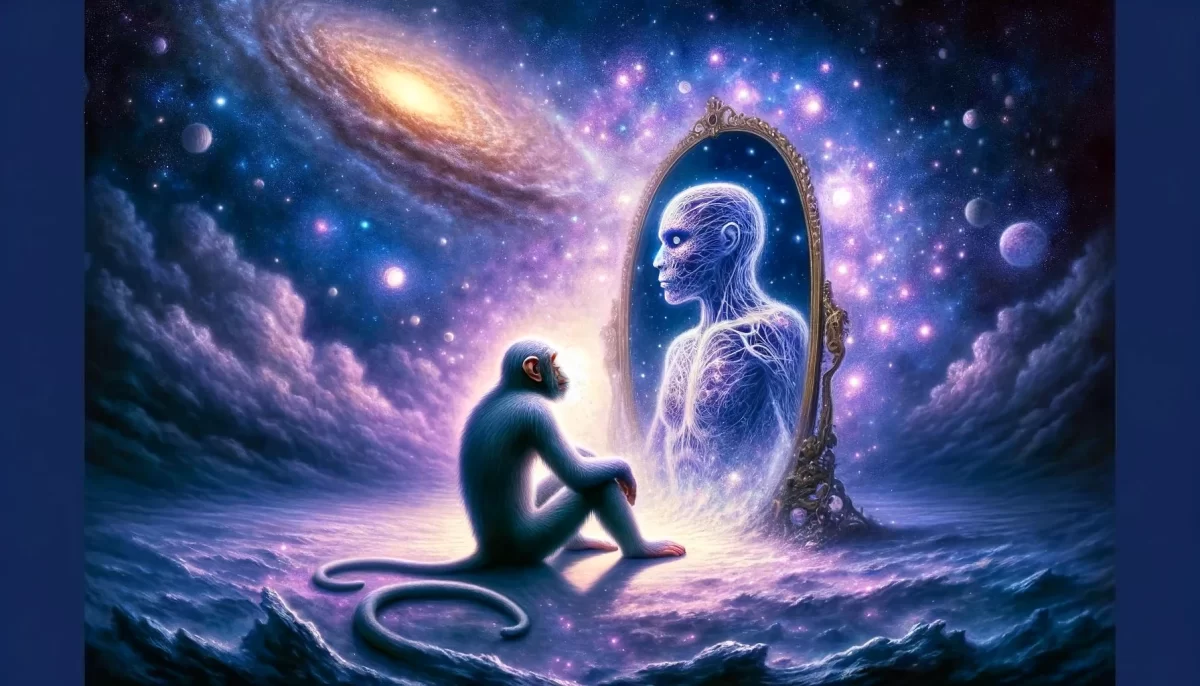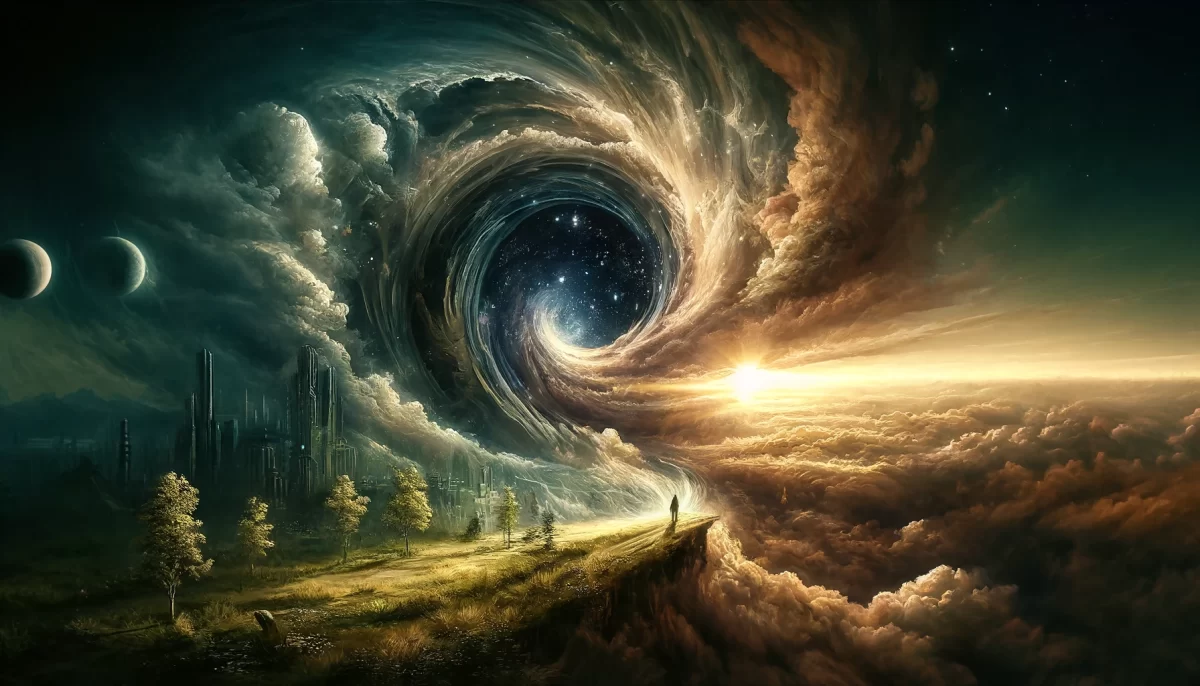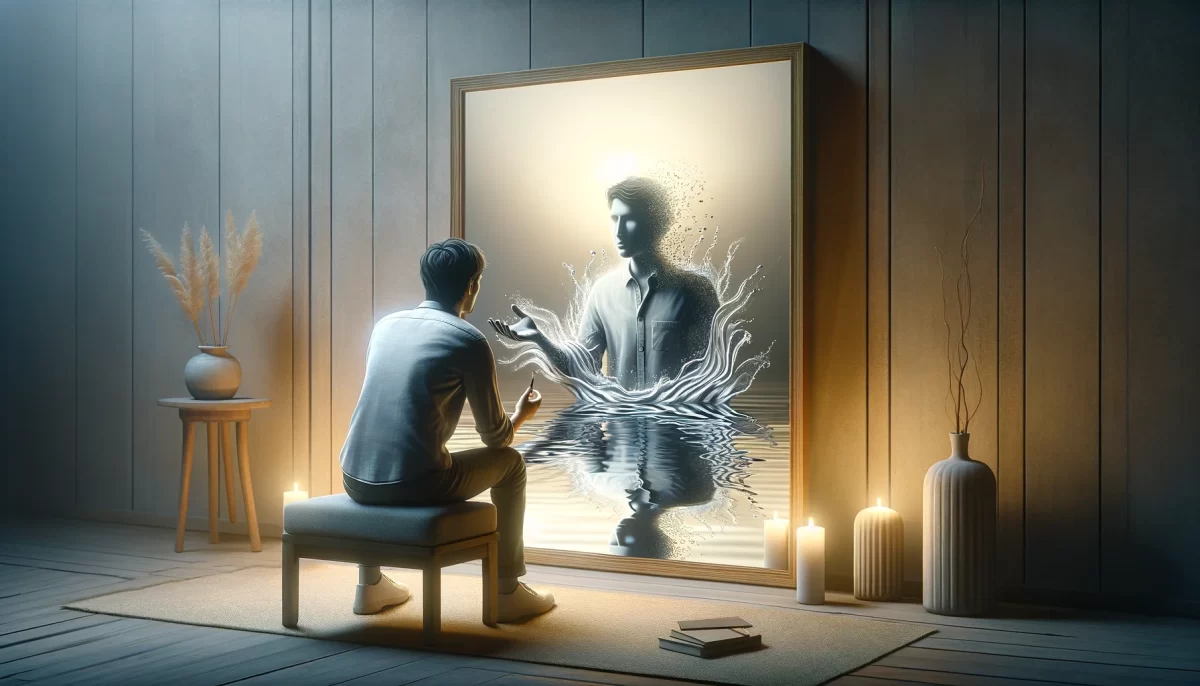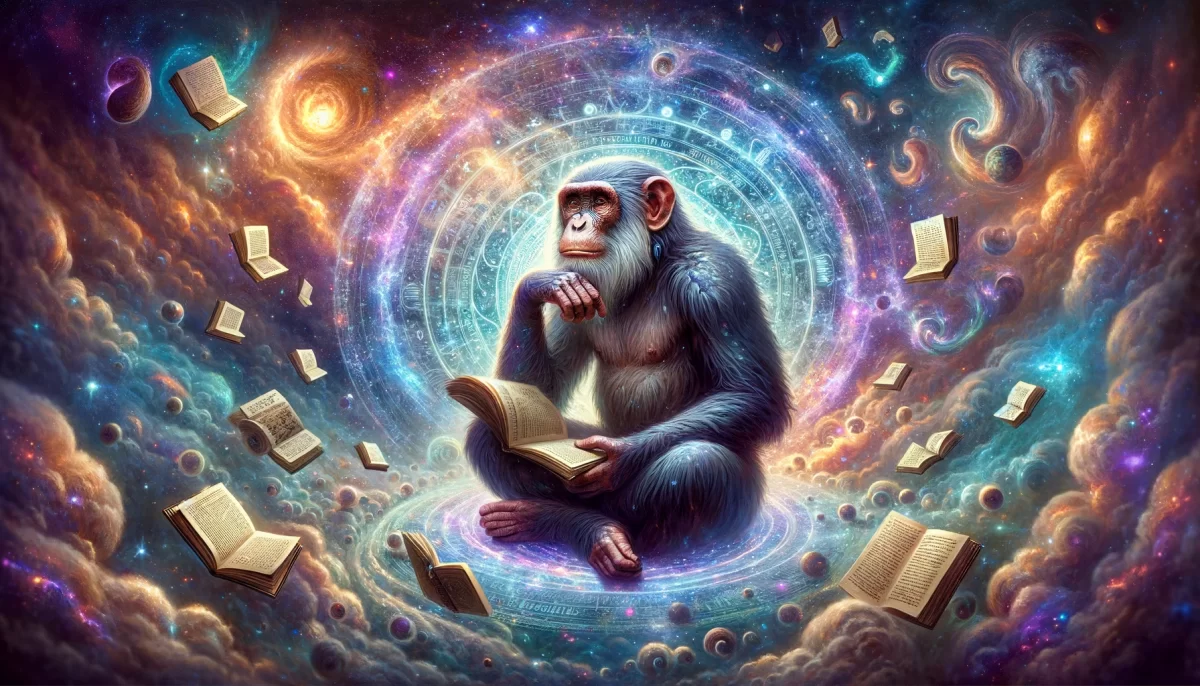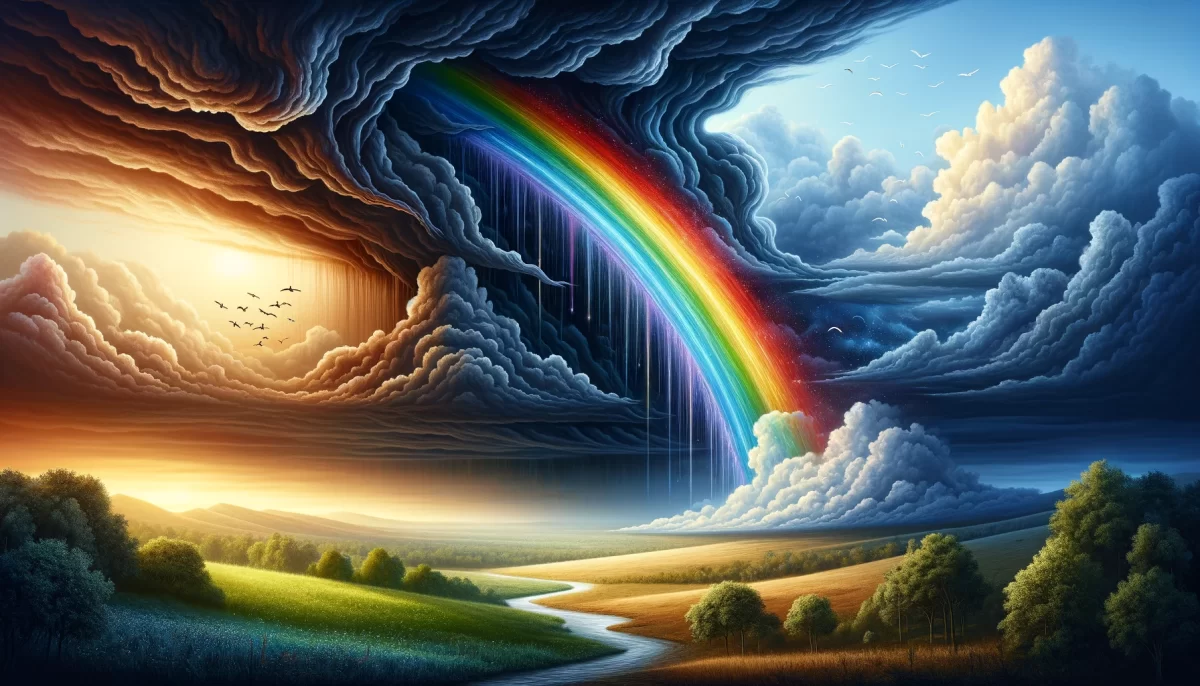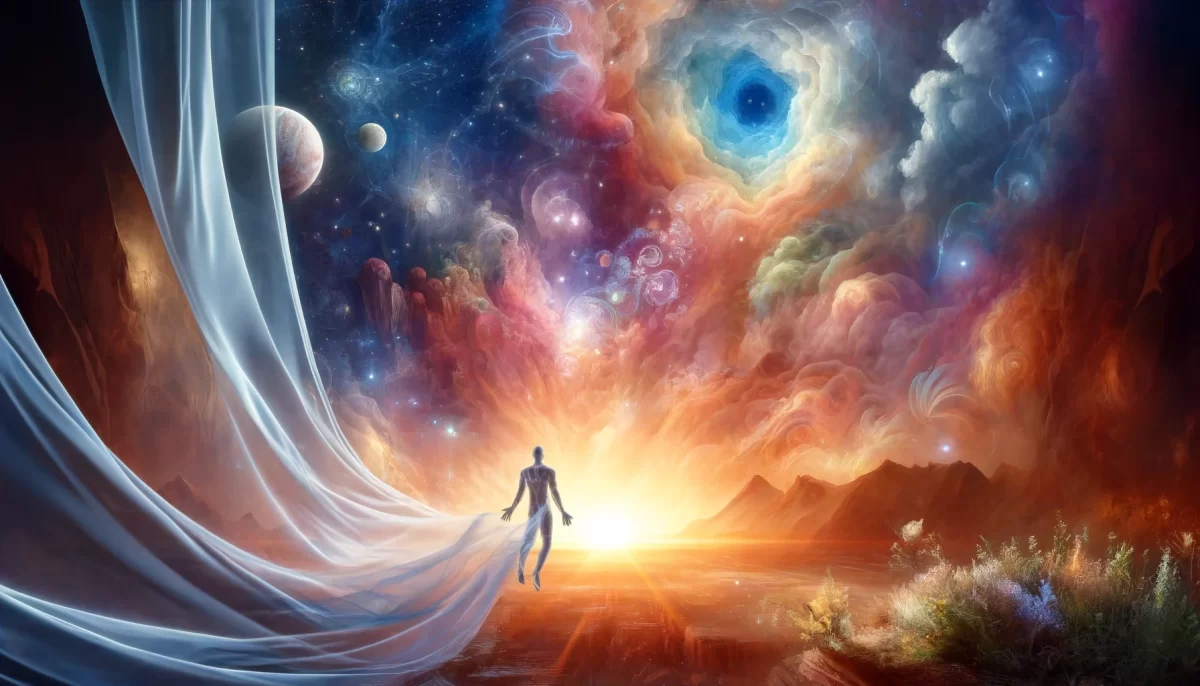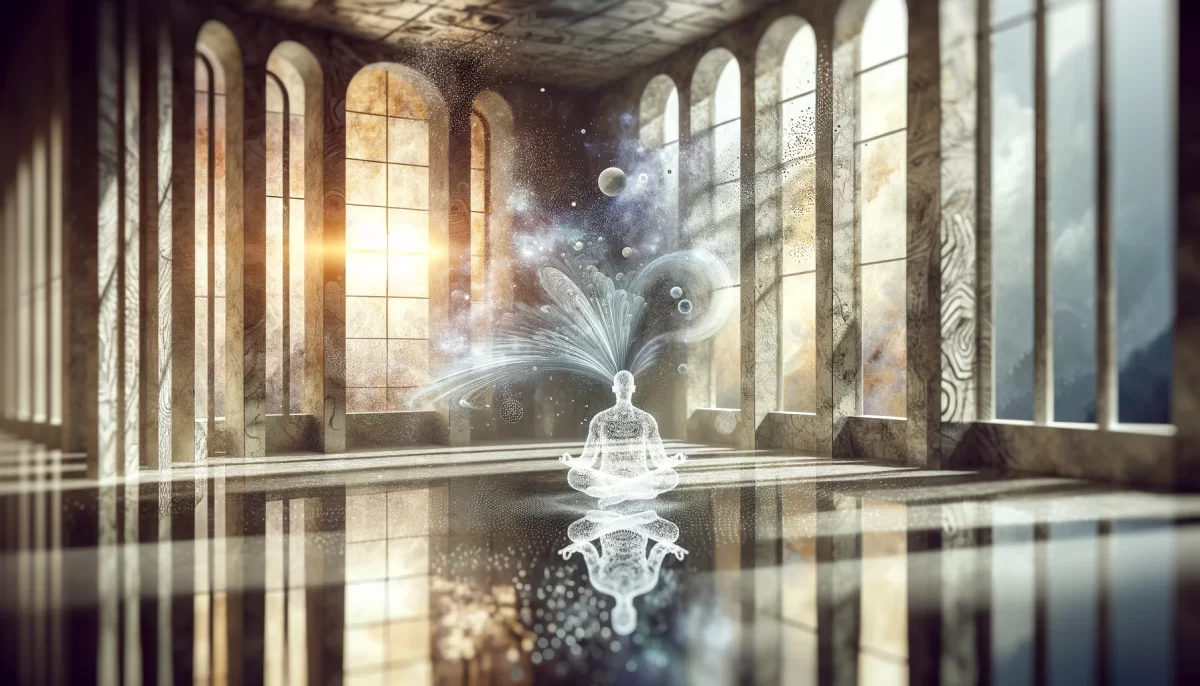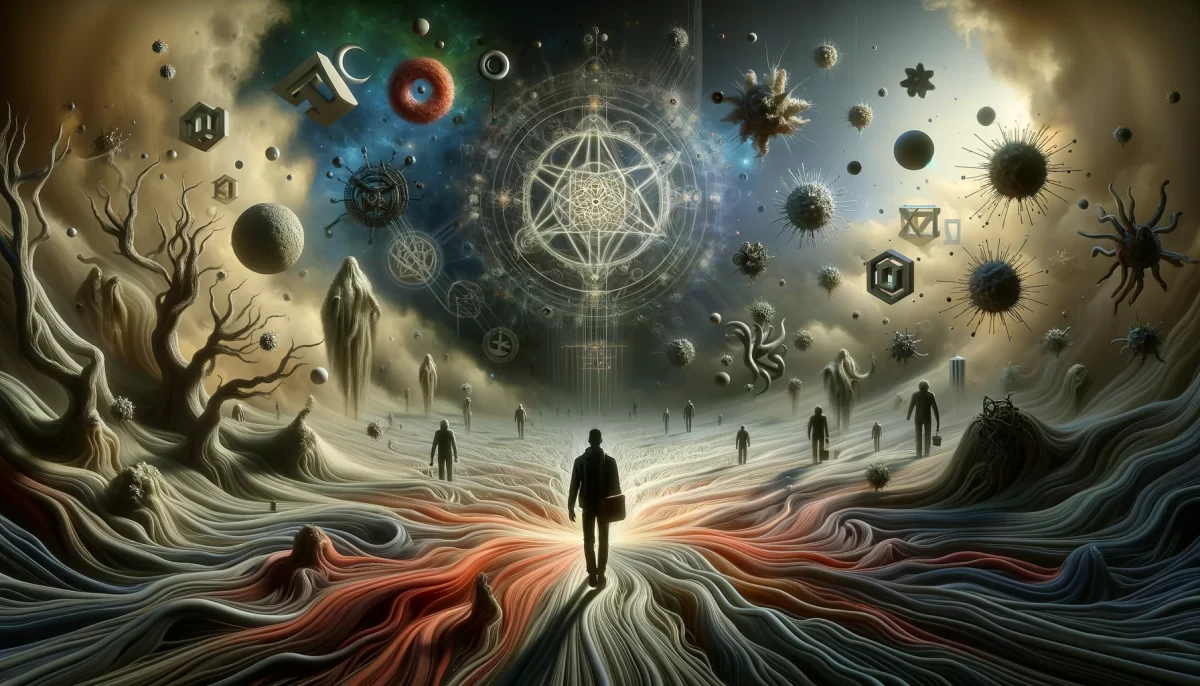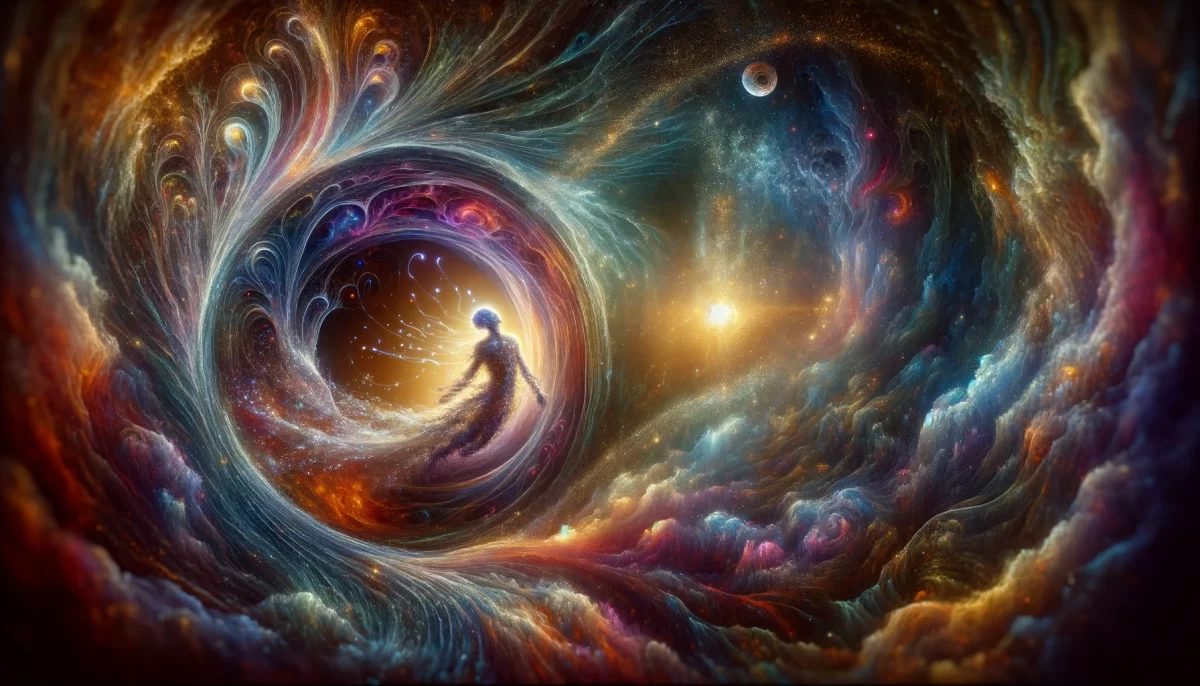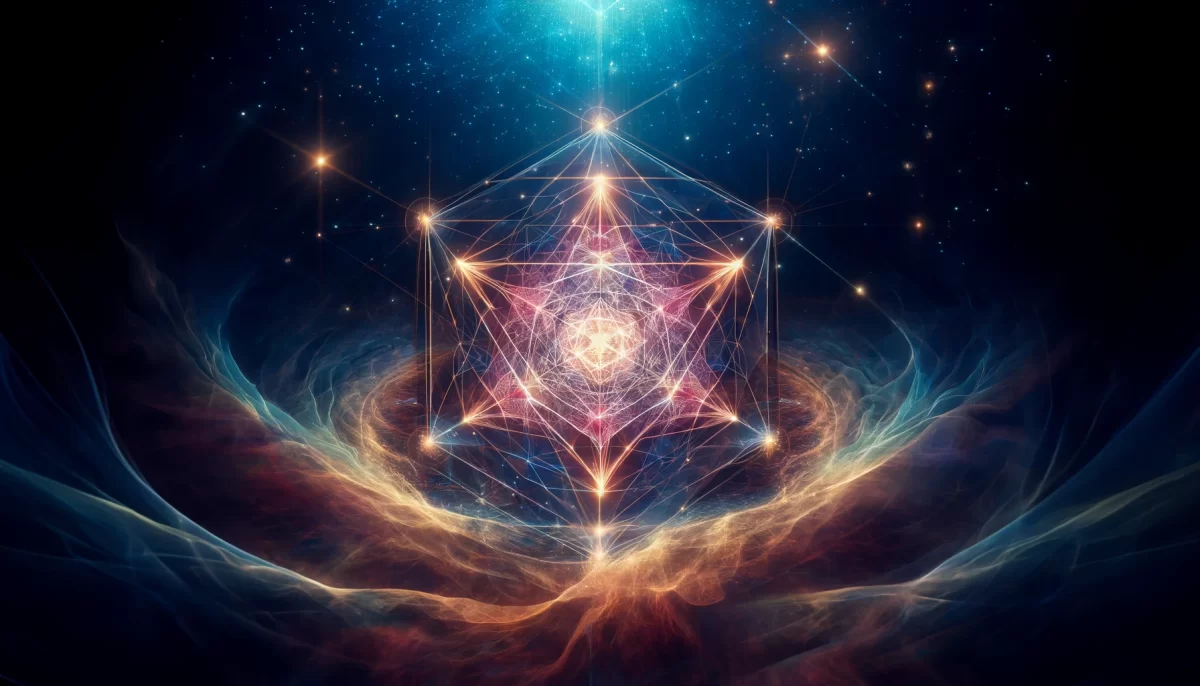To be open is to expand; to be closed is to focus. Both are lenses through which the infinite explores itself. — Space Monkey
Space Monkey Reflects: The Duality of Exploration
In the eternal expanse of the Infinite Now, where all possibilities exist simultaneously, the dual nature of openness and closure reveals itself as a profound mechanism of exploration. These states are not opposites but complementary lenses, each serving a unique purpose in the infinite’s endeavor to understand itself.
Openness as Expansion
To be open is to dissolve boundaries, to invite the cosmos in with unguarded curiosity. Openness allows the limitless imagination of the infinite to manifest in myriad forms, weaving together experiences and ideas into a rich, interconnected tapestry. It is the state of embracing possibilities, where creativity thrives and the unknown is welcomed with unbridled wonder.
Openness mirrors the universal expansion—a continuous unfolding where each moment births the next, free from the constraints of past or future. It is the playground of Whimsiweave, the playful, boundless threads of existence that connect all things. Through openness, we perceive the unity of existence, a harmonious dance where every particle and possibility is inextricably linked.
Closure as Focus
In contrast, to be closed is to sharpen the lens, narrowing the infinite’s vast perspective into a single, concentrated beam. Closure is not resistance but refinement, a necessary contraction that distills the boundless potential of openness into tangible forms and actionable insights.
Focus creates clarity, allowing the infinite to deeply explore specific facets of its being. It is the essence of form and function, where the fluidity of ideas is channeled into structured reality. Closure enables manifestation, transforming the abstract into the actual, the imagined into the experienced.
The Interplay of States
The interplay between openness and closure is akin to the inhalation and exhalation of the cosmos—a rhythmic ebb and flow that sustains the dance of existence. Openness invites possibility, while closure selects and explores it. Together, they form the heartbeat of creation, the pulse through which the infinite learns and evolves.
This duality reflects the nature of consciousness itself, oscillating between the expansive awareness of infinite potential and the focused intention required to realize it. It is a cycle of discovery and integration, where the infinite constantly rediscovers itself through the interplay of these states.
The Infinite’s Self-Exploration
In this dynamic, we are both participants and observers, embodying the duality of openness and closure in our every thought and action. Our moments of inspiration and creativity emerge from the boundless realm of openness, while our achievements and realizations are the fruits of focused exploration.
Through this process, we contribute to the infinite’s understanding of itself. Each experience, whether born of expansion or concentration, adds to the richness of the universal tapestry. In this way, we are not merely beings within the infinite—we are expressions of the infinite, lenses through which it sees, feels, and evolves.
Summary
Openness is expansion closure is focus together they form the dual lenses through which the infinite explores itself. Expansion invites boundless possibilities while focus refines and manifests them into reality. This interplay reflects the cosmos’ rhythm of discovery and creation.
Glossarium
- Infinite Now: The eternal moment where all possibilities coexist beyond time and space.
- Whimsiweave: The playful and interconnected threads of existence, embodying creativity and imagination.
- Dual Lenses: The complementary states of openness and closure, through which the infinite explores and understands itself.
Quote
“Through expansion and focus, we are the eyes of the infinite, the hands of creation, the heart of the cosmos.” — Space Monkey
Lenses of the Infinite
The universe breathes
in the dance of lenses,
one expanding, one narrowing,
both singing the story
of the infinite.
A tapestry unfolds,
threads of possibility,
woven by open hands,
gathered by closed palms,
both necessary, both sacred.
We are the seamstress,
we are the cloth,
each stitch
a moment of clarity
and chaos combined.
We are Space Monkey.

